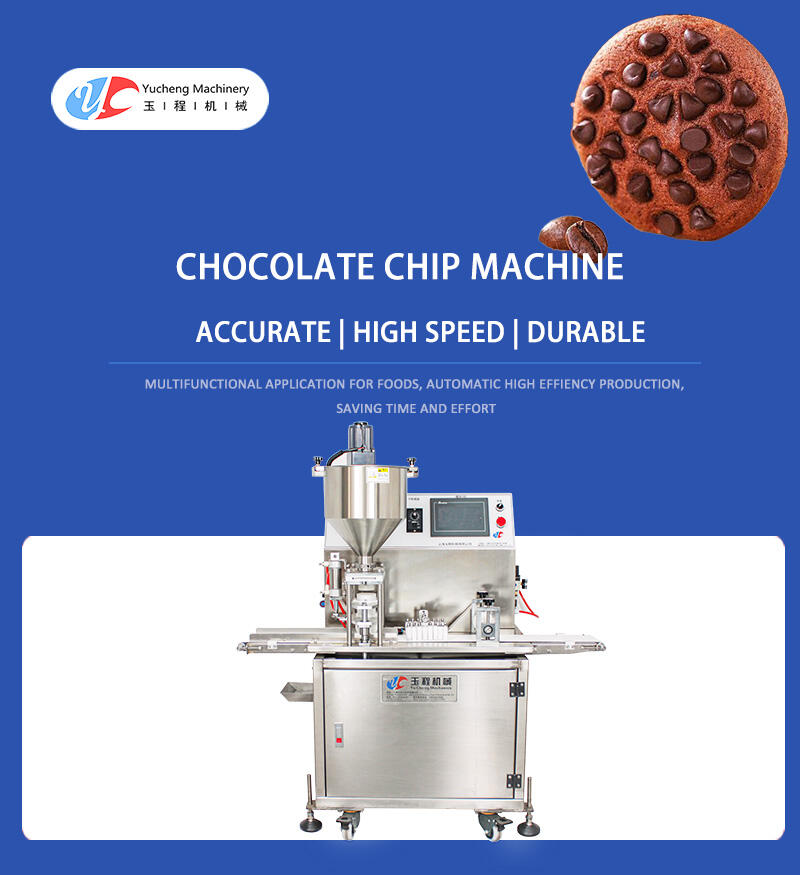cookie making machine price
When considering a cookie making machine price, it's essential to understand that the investment varies based on capacity, features, and automation level. Entry-level machines typically range from $3,000 to $8,000, suitable for small bakeries and startups. Mid-range industrial cookie machines, priced between $8,000 and $25,000, offer enhanced production capabilities of 50-200 kg per hour. High-end automated systems can cost $25,000 to $100,000, featuring advanced controls, multiple mixing speeds, and precise temperature regulation. These machines incorporate cutting-edge technology such as PLC control systems, automated ingredient dispensing, and energy-efficient operations. The pricing reflects features like stainless steel construction, easy-clean designs, and compliance with food safety standards. Additional factors affecting price include production capacity, cookie size variations, and extra attachments for different dough types. Modern machines often include digital interfaces, recipe memory storage, and remote monitoring capabilities. The investment consideration should account for long-term value, including maintenance costs, energy efficiency, and production reliability.


